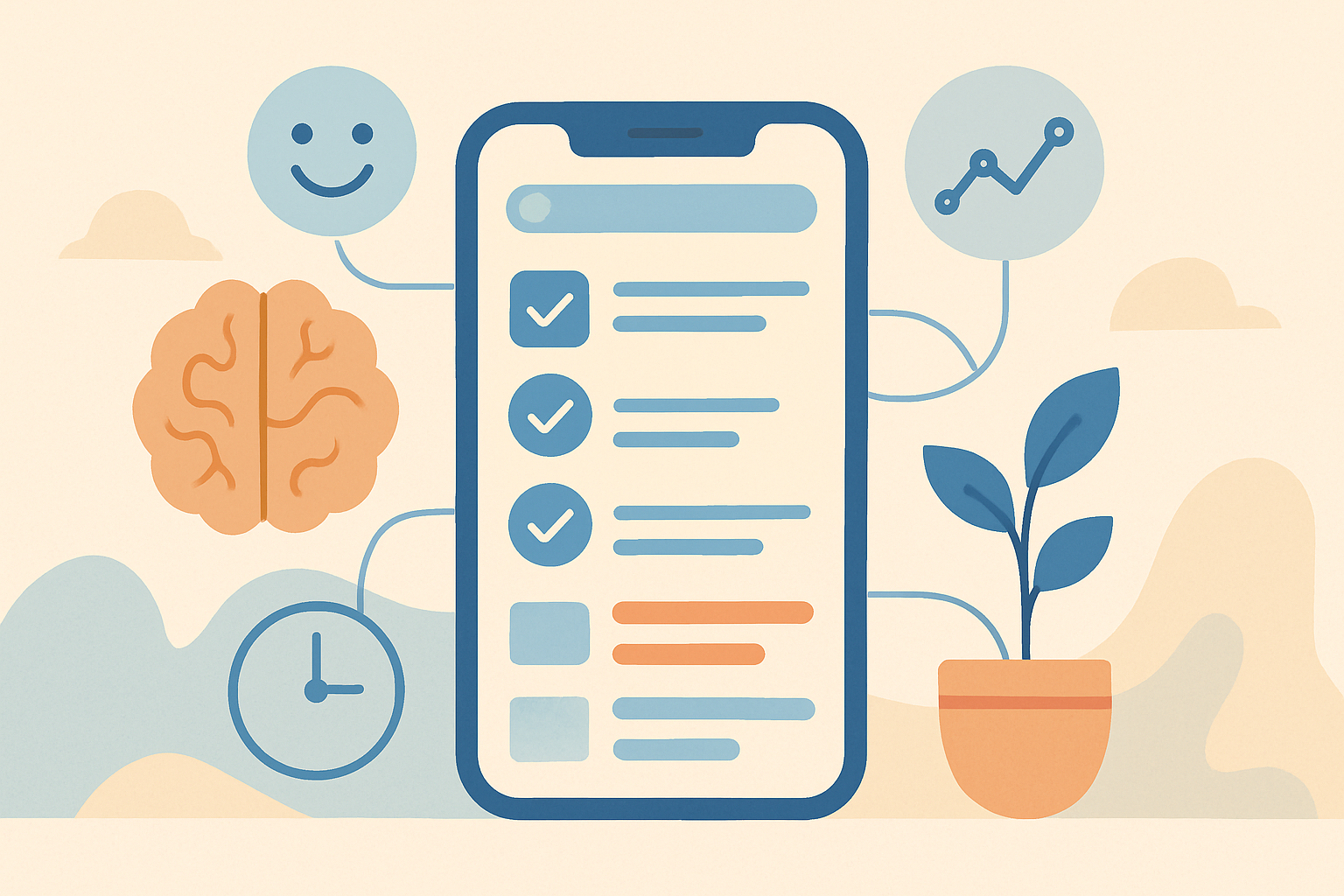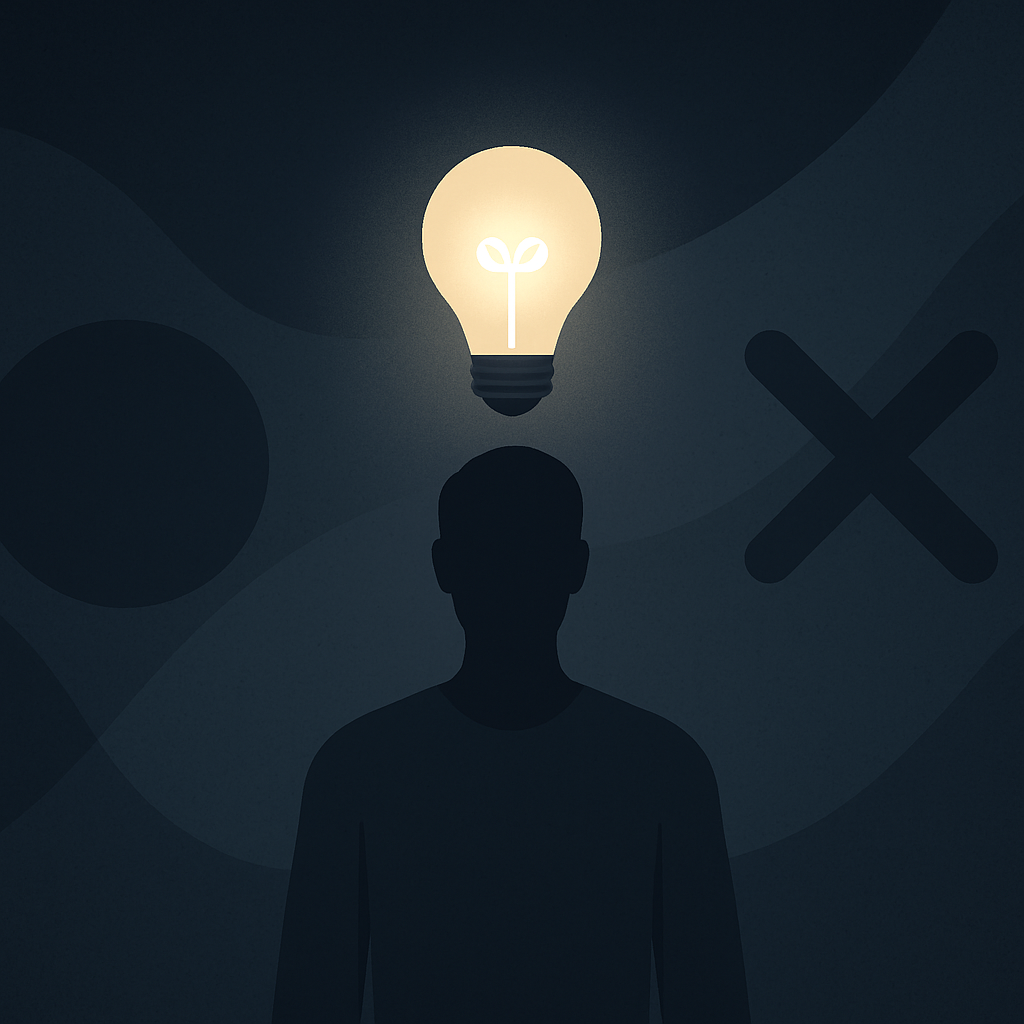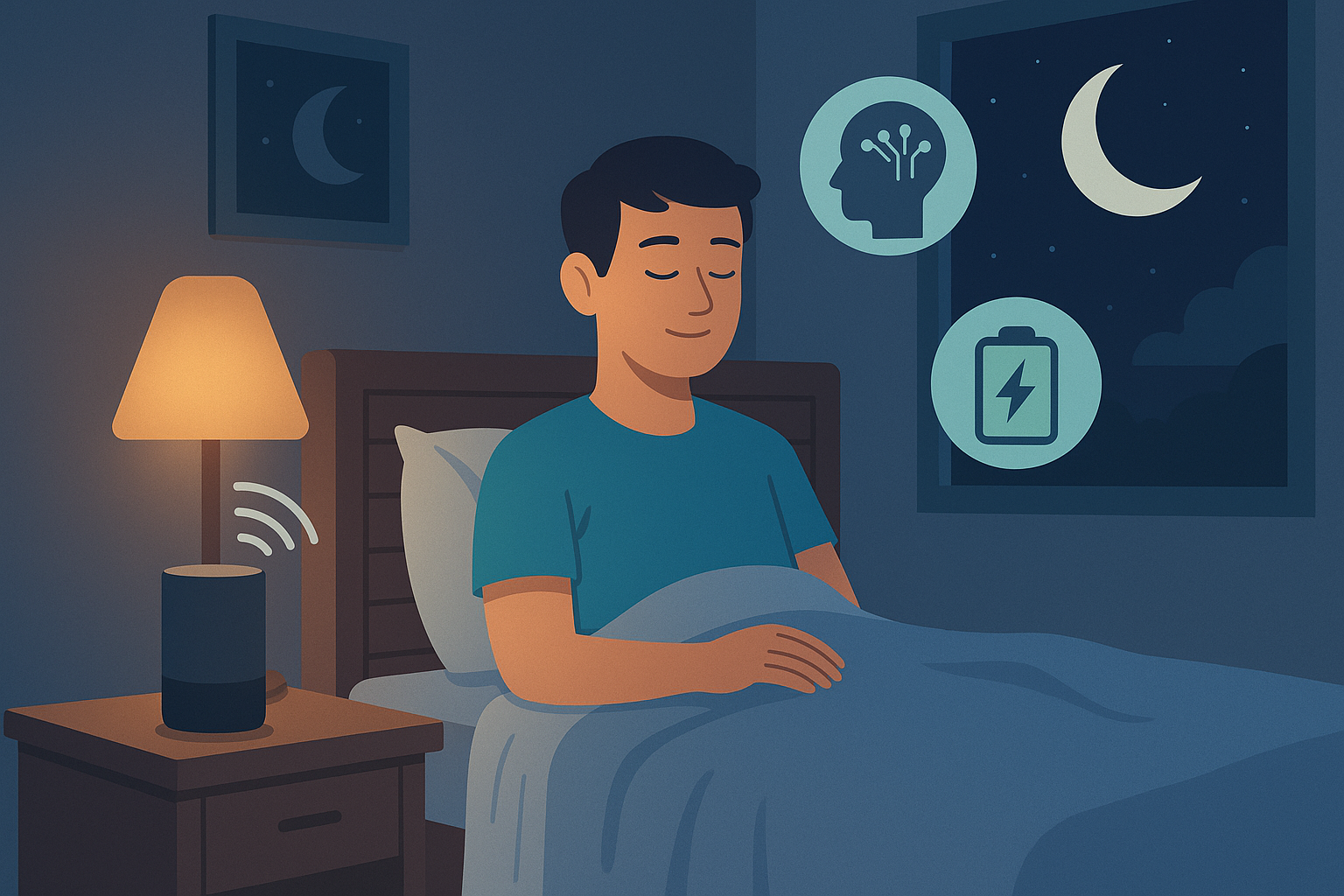AI Work Systems. The future of work isn’t about faster tools — it’s about smarter systems.
Artificial Intelligence has moved beyond automating tasks; it now designs, manages, and optimizes how teams collaborate, think, and perform.
We’re entering a new era of AI work systems — self-learning architectures that structure the way we work with precision and purpose.
These systems don’t just help us get things done.
They create environments where work happens naturally, efficiently, and in alignment with human focus.

The Shift from Tools to Systems
For years, digital productivity has been tool-centric.
We collected apps for every need — project management, calendars, writing, automation.
But tools alone don’t create clarity.
They create friction when not integrated.
That’s why the next evolution is systemic intelligence — a connected digital ecosystem where AI coordinates the flow of information, automates decisions, and adapts to user behavior.
An AI work system doesn’t just store data — it interprets it.
It knows when you’re overloaded, predicts deadlines before they become problems, and synchronizes your tasks across every platform automatically.
The result? Less effort. More orchestration.
What Exactly Is an AI Work System?
Think of an AI work system as your digital nervous system — a framework that connects every layer of work: planning, communication, execution, and reflection.
It’s built around three core principles:
| Principle | Description | Example |
|---|---|---|
| Interconnectivity | All tools and data speak the same language. | Calendar syncs with project boards via AI. |
| Adaptivity | The system learns and evolves based on your behavior. | Deadlines auto-adjust to your energy levels. |
| Autonomy | It executes without constant supervision. | AI updates reports and sends summaries. |
Unlike old workflows that rely on human coordination, AI work systems are self-regulating.
They don’t need you to manage them — they manage themselves, guided by your intentions.
The Core Layers of an AI Work Systems
Every AI-driven system integrates four essential layers. Together, they create a fluid, self-optimizing workflow.
| Layer | Role | Example Tools | Impact |
|---|---|---|---|
| Cognitive Layer | Understanding your tasks and context | Notion AI, ClickUp AI | Task clarity and decision support |
| Operational Layer | Automating and executing work | Zapier + AI, Make.com | Seamless task execution |
| Analytical Layer | Learning and optimizing over time | Reclaim AI, Motion | Smart time management |
| Reflective Layer | Capturing insights and feedback | Mindsera, Mem.ai | Mental alignment and progress tracking |
Each layer strengthens the others, creating a work environment that feels intuitive, not mechanical.
When connected correctly, your AI system becomes less like software — and more like an intelligent collaborator.
Example: How an AI Work System Operates
Let’s imagine a creative strategist managing multiple clients.
Without AI:
They manually track deadlines, switch between platforms, and constantly update reports.
With an AI work system:
- Reclaim AI schedules deep work automatically based on focus patterns.
- Notion AI summarizes meeting notes into action items.
- Zapier connects Notion tasks to ClickUp for project tracking.
- Perplexity AI researches market data in real time.
- Mindsera records end-of-day reflections to identify stress patterns.
The system functions as a closed feedback loop — learning, adapting, and improving daily.
Instead of “using tools,” the user is now co-creating with intelligence.
Why AI Work Systems Matter
The real revolution of AI work systems lies in their ability to reduce cognitive friction.
Every notification, context switch, or manual update steals seconds from attention.
AI restores that attention.
It centralizes tasks, automates repetition, and adjusts in real-time to human behavior.
A Harvard Business Review study found that cognitive switching costs reduce productivity by up to 40%.
AI work systems solve that by eliminating manual transitions — creating a flow-based environment where your brain stays focused.
In other words, these systems aren’t about speed — they’re about mental harmony.
The Human Role in Intelligent AI Work Systems
AI can manage logistics, but it can’t define purpose.
The human role shifts from micro-management to macro-direction.
Here’s how the new work dynamic looks:
| Before AI | After AI Work Systems |
|---|---|
| Manually prioritizing tasks | System predicts optimal priorities |
| Scheduling meetings manually | AI aligns calendars dynamically |
| Searching for information | AI retrieves contextual data instantly |
| Tracking progress manually | AI visualizes analytics automatically |
Humans set direction.
AI ensures execution.
This symbiosis defines the future of productivity: intention-led systems with intelligent execution.
Real-World Applications of AI Work Systems
- Remote Teams:
Systems like ClickUp AI and Reclaim AI manage distributed workloads, keeping everyone aligned despite different time zones. - Creative Agencies:
Notion AI structures content pipelines, while Zapier automates client reporting. - Corporate Environments:
Motion reallocates resources dynamically as projects evolve.
Mindsera provides cognitive feedback for leadership improvement.
These are not isolated tools — they’re the early signs of systemic transformation.
The Next Phase: Autonomous Collaboration
The next generation of AI work systems will go beyond automation — they’ll become autonomous collaborators.
Imagine this:
Your AI recognizes your creative fatigue, reschedules meetings, and drafts the next campaign outline while you rest.
Or, it integrates real-time business data to recommend your next strategic move.
This isn’t far away — companies like OpenAI, Anthropic, and Reclaim are already developing adaptive AI orchestration layers capable of multi-agent coordination.
The office of the future won’t be run by people using tools — it will be guided by intelligent systems trained by people.
Building Your Own AI Work System
To start building your own intelligent workflow, follow this simple structure:
- Map your digital ecosystem.
Identify the apps you use most and how they interact. - Define your energy curve.
Use Reclaim AI or Motion to identify when you’re most productive. - Automate your low-value tasks.
Use Zapier or Make.com to handle repetitive workflows. - Centralize knowledge.
Use Notion AI or ClickUp AI as your “command center.” - Integrate reflection.
Tools like Mindsera ensure long-term cognitive balance.
Once this architecture is in place, your workflow becomes an intelligent rhythm — evolving with you, not against you.
Conclusion
AI work systems represent the end of fragmented work.
They merge every aspect of productivity — planning, focus, automation, reflection — into one intelligent flow.
In this new paradigm, humans stop managing and start directing.
AI handles the complexity, leaving space for creativity, intuition, and strategic thought.
The future of work isn’t about harder effort or more apps — it’s about designing intelligent systems that think with you.
When AI learns how you work, clarity becomes your default state.
Further Reading & Related Insights
Internal link:
- From Chaos to Clarity: My Favorite AI Work Tools — Explore the tools that form the foundation of intelligent work systems.
External links:
Blog
This section provides an overview of the blog, showcasing a variety of articles, insights, and resources to inform and inspire readers.
-

AI Habit Tracking and the New Rhythm of Modern Self-Improvement
AI Habit Tracking. Progress used to depend on discipline. Now, it depends on data.…
-

AI Decision Making and the New Discipline of Intentional Living
AI Decision Making. Every “yes” has a cost. Every time you agree to something…
-

The Perfect AI Night Routine to Sleep Better and Think Smarter
AI Night Routine. Your morning doesn’t begin when you wake up — it begins…
